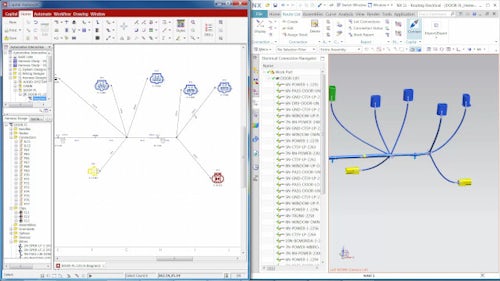As decarbonization efforts boost renewable energy usage, wind power is expected to play an increasingly prominent role in the global energy supply. To help their companies increase power generation while reducing costs, wind power engineering teams can incorporate advanced engineering simulation into their development processes.
Download our executive brief to learn how this disruptive innovation solution provides insights that help engineers develop improved equipment designs, correct performance issues and reduce manufacturing costs.
Wind turbine simulation
Today, every wind power business is under pressure to increase power generation, deploy at scale with competitive energy costs and reduce waste. By incorporating wind turbine simulation, engineers will better understand the complex physics within these mechanical systems. Knowledge gained from simulation can then be applied to improve turbine designs and capabilities while helping lower costs.
Prototype testing and evaluation
Accelerate prototype testing and evaluation using multi-physics simulation software and a digital twin to more accurately predict design behaviors before prototyping. With today’s cloud-based technologies, wind power companies can integrate the modeling results from multiple disciplines and suppliers onto one unified platform to produce more accurate real-world results. Validate designs with this innovative technology to reduce costly iterations while accelerating deployment schedules.
Wind turbine design
To develop a disruptive new wind turbine design, combine engineering simulation with design exploration. When multiphysics simulation results feed into mathematical models to explore and suggest new designs that automatically satisfy all constraints, engineering teams can achieve revolutionary new turbine designs, configurations and layouts. These exciting capabilities fuel innovations that can significantly improve wind power energy production while helping solve the industry’s most challenging problems.



